#talia does Uganda
Explore tagged Tumblr posts
Text

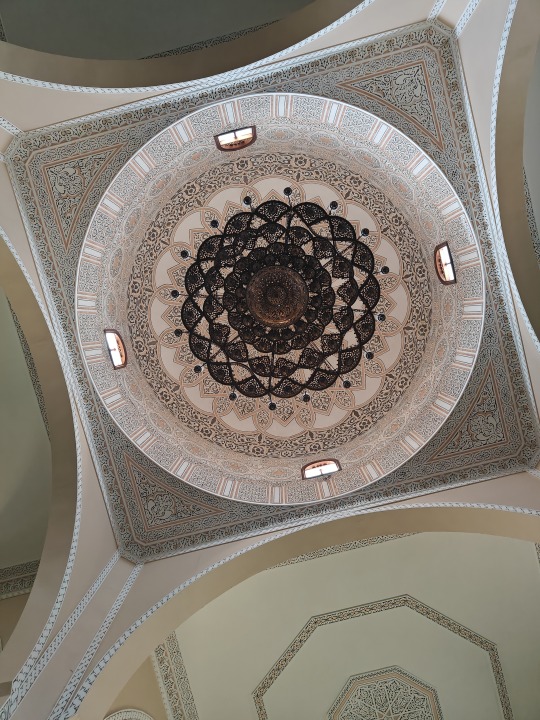
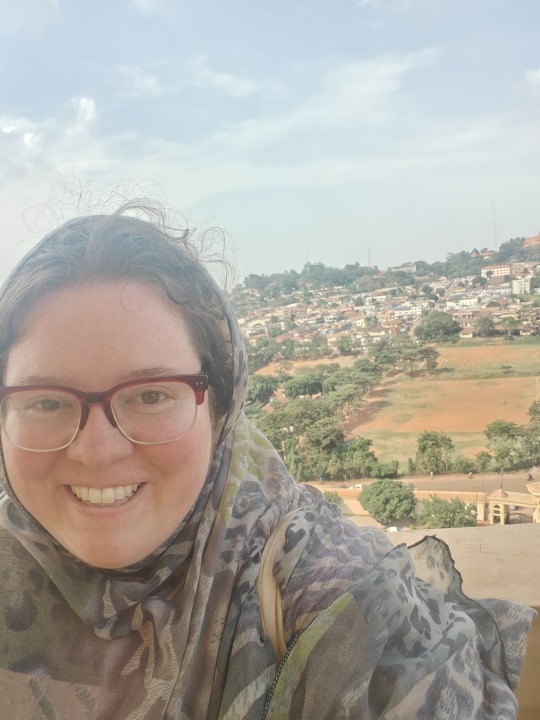
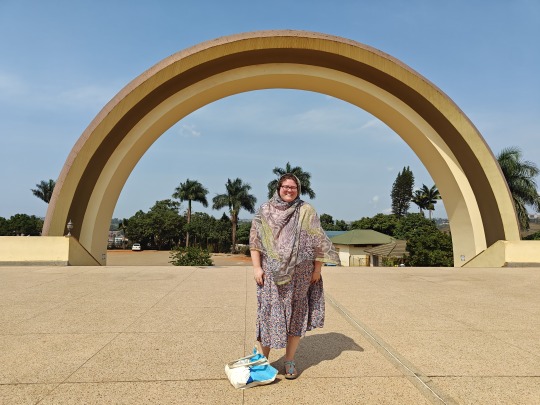

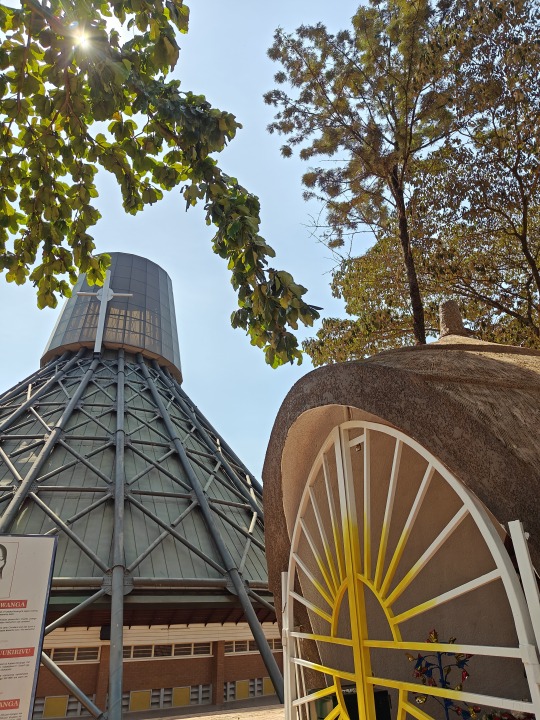
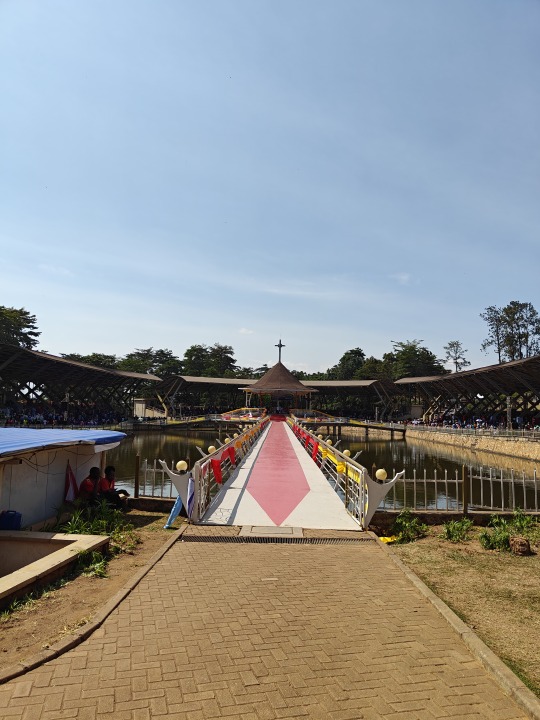
Back in Uganda again - 10 years later
Stepping off the plane in Entebbe, I was surprised how familiar everything still feels. The air smells the same, the accents tickle the ear the same way, the shops are brightly painted with the same paints. To be back somewhere after nearly ten years is such a blessing. I often find myself thinking about how much has changed since 2015--I now have a bachelor, a masters, and a new citizenship, I survived a global pandemic, I moved to Vienna (twice)--but I also marvel at how much is the same. Returning to Red Chilli, the same hotel where my Ugandan adventure began last time brought a special sort of nostalgia.
But last time I was here, I missed out on touring Kampala. So this time, I was determined not to make the same mistake twice. I set off bright and early on a city tour of Uganda's capital. We started with a tour of the Old Taxi Park, where you can catch a ride to anywhere in Uganda--and some places even farther than that. Following the taxi park, we did a quick jaunt through the Okiwano Market, the biggest market in the city.
After, we made our way up Old Kampala Hill to the Gaddafi National Mosque. The mosque sits on top of the tallest hill in the city, where the British first built their colonial capital. The mosque was first begun by Idi Amin but was not completed before he was ousted in 1979. The mosque remained incomplete until 2002, when Gaddafi visited Kampala and pledged to finish the project. The mosque is built with wood from the Congo, carpets from Turkey, lamps from Egypt and art from Saudi Arabia. After the tour of the interior, we walked up the 292 steps (woof) of the minaret to see the best view of Kampala; from the top, you can see the city stadium, the first Anglican church and the first Catholic church in the city, and the Makerere University campus.
Next, we traveled to Kabaka Palace, where the kings of Buganda Kingdom used to live. The palace was built in the late 1880s and housed three Bugandan kings before it was commandeered by Idi Amin's forces in the 70s. The palace armory then became the scene of torture and execution for thousands of innocent Ugandans. The guide told me to take a picture of the torture chamber, though I have not included it here, so that I could "remember the horrors of that time."
After perhaps the most depressing part of the tour, we went to lunch. For lunch, we stopped at a small local restaurant called Maama Barbarou, where we feasted on rice, brands, beef stew, yams and more to fortify us before our final stop.
Last, but not least, we visited the Martyr's Shrine, which was built at the site where the 32 first Christians in Uganda were killed for their faith in the late 1800s. The church is magnificent, built in a circular shape to resemble a traditional African home, the interior made of magnificent mahogany wood. On the 3rd of June every year, the area is overtaken by over one million pilgrims, many of whom walk from their homes in Uganda, Rwanda, Kenya, Tanzánia and Burundi. While I was visiting, the guide showed me the exact spot where the martyrs were burned alive, which is now where the church's alter sits. Outside, there is a large amphitheater, which was filled with pilgrims celebrating their faith.
Though the tour of Kampala was a little depressing, I am glad they I got to bettet understand the city and her people before heading to my next location.
2 notes
·
View notes
Text
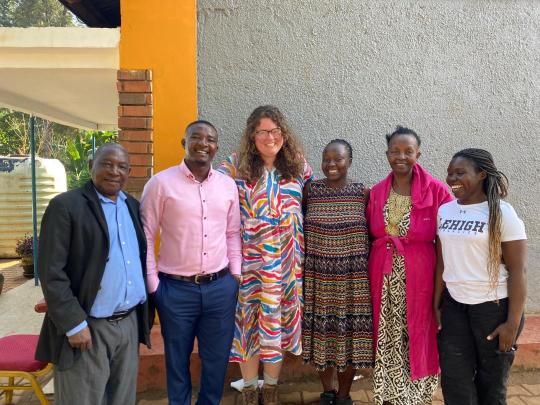
Usually, I procrastinate writing these wrap up posts for the blog, but sitting in the airplane flying above the Mediterranean Sea, I've felt the sudden inspiration to reflect.
On the drive back from Sipi, I read all my blog posts from the last time I was in Uganda. It's not often that I retrace my previous steps so closely, but it was interesting to read through the posts then. My writing style has changed a ton--hopefully for the better--but I also noticed some funny coincidences, like both Sipi posts ended on a sappy reflection on the group I was with.
Talking with Sunna the other day, she asked how I was enjoying the trip, and after giving her a quick rundown of the trip, she said, "Sounds like you've been lucky. Usually, upon returning, you find that the memories were better."
"Lucky," that's the word that's been bouncing around my head for the last four weeks. I am lucky that nine years ago, Kelly called the Iacocca office and told them they needed to accept me. I am lucky that I have a job with such a generous sabbatical policy (Thanks, Lowe Group!) that allowed me to take off four weeks to come back. I am lucky that I could come back, especially when others weren't able to. I am lucky that everyone in the Zaale family is happy and healthy. I am lucky that the group of Lehigh students this year was absolutely fantastic.
I feel so lucky. I am so, so lucky.
To the Zaale family, thank you for having me back and for continuing to work tirelessly to better the lives of the people in your community. To have the chance to sit with Maayi and Paapa and learn about the amazing life they've lived and all they've seen is a blessing, and to reconnect with John, my Ugandan brother, and meet his wife and three beautiful sons, was truly the cherry on top.
To PDI and its workers, it was great to see how the organization has grown and all their plans for future growth. To see the work that they do, preparing kids for school, tutoring high school students, giving teen moms a second chance, helping to empower female athletes, and more was amazing. It was great to finally meet Ganet, Katse, Tau and Friday, along with Teacher Sara and Teacher Ida, who work so hard for the people of Bududa District.
To Kelly and Mark, a huge thank you for helping me with some of the logistics of this trip and for letting me tag along with your group. I couldn't have done it without you.
And last but not least, to the Lehigh students, I am so happy to have had the chance to meet you all. From 5 am wake up calls on safari to gossiping in the guest house to singing along to your carefully curated playlists in the matatu to the biweekly "Stubs led walks" to playing Spot It at all hours of the day and night, I had so much fun with you all. I know from personal experience how my time in Uganda during my junior year chanced my life for the better, and I hope with all my heart that this trip has helped you all become the people you're meant to be.
Anyway, I think this is sappy enough as is, and I feel that overall, my Uganda posts have been sappier than normal. Yet, as I fly home, wondering where the time has gone, I hope you know just how full my heart is.
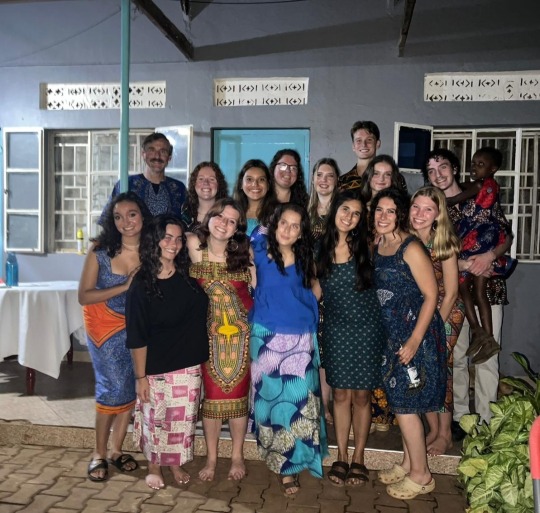
1 note
·
View note
Text
The 2.5 weeks that I spent in the village went by in the blink of an eye. It feels like just yesterday that we took the bus ride from hell to get to Bubiita, but here we are, and it's already time to go home.
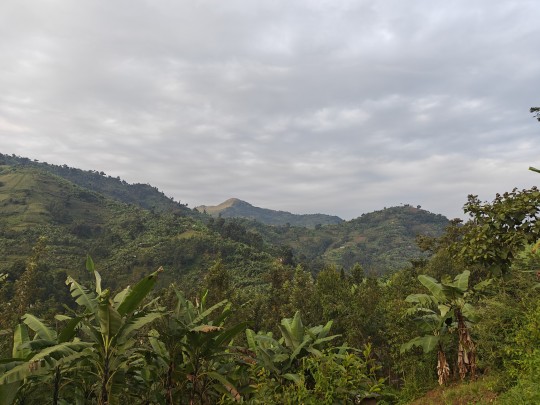
Over the last nearly three weeks, I've helped Matrine make chapati and rolexes for dinner, woken up early to go on early morning hikes, played Parcheesi late into the night, joined in on teaching the local children how to play kickball, attended soccer practice (still salty all the other mzungos were on the better team), competed in a dance battle, celebrated Myles' and Papa's birthdays, danced all night long, and just overall enjoyed my time.
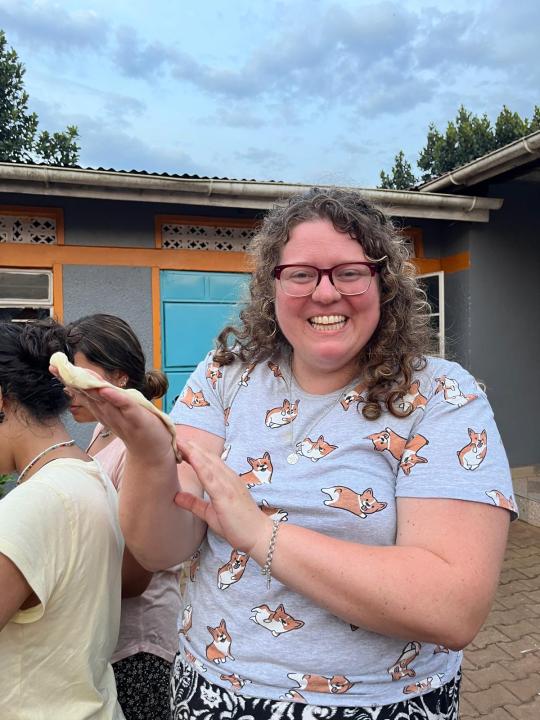
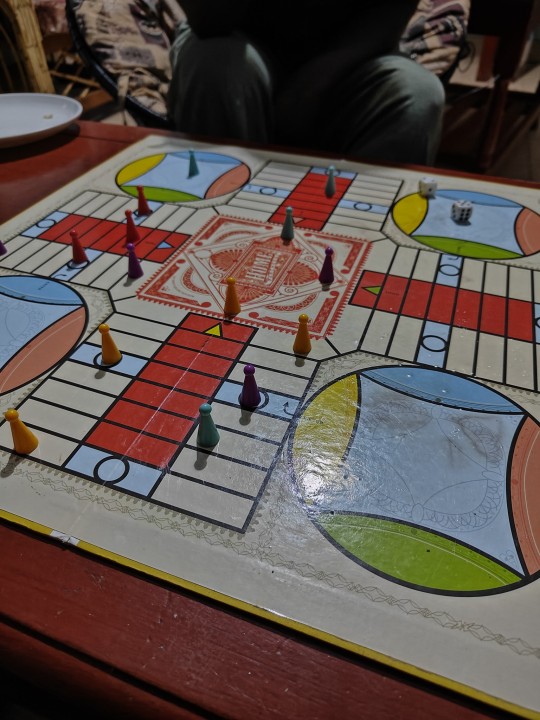

On my last day at the compound, we were even treated to a performance by a group of boys preparing for their upcoming circumcision ceremony. We all ran over from the porch, where we'd been working, to the front gate to watch the ceremonial dance. Since they only do circumcisions on even years, this was the first time that I got to see this part of the Bugisu culture. What a way to end the trip with a bang--or should I say stamp?
1 note
·
View note
Text
On things that have changed (and things that have stayed the same)
In the last nine years, a lot has changed. Arriving back in Uganda, I'm reminded over and over again about what has changed and what has remained the same.
So many more roads are paved, almost the whole way from Mbale to Manafa is paved--though our beloved Bududa Loop remains as rocky and hole-ladden as ever. The road to safari is paved now, even once you get in the park. The old metal gate welcoming you to Murchison Falls has been transformed into a massive Disney-esque gate.
At PDI, the old mud school house has been replaced by a new brick building. The school has a new playground made of metal, and they're in the process of building a new resource center, which will hold a computer lab, music rooms, job training and community rooms. Across the street from the school is the new PDI office, where the workers and teachers gather to do work for the community. Even the work that PDI does has evolved. No more are the VSLAs, but PDI now has a SACCO. They've introduced a new sports program to encourage children to stay in school in Bubiita and Bududa town. The Second Chance program just graduated its ninth class, and the head teacher and P1 teacher at the school are both Second Chance graduates.
The compound is also different. There's now wifi, running water (including a shower!), and a new house. There is power most days--gone are the days of the generator. The garden is more lush and the house is now blue. The students are also now banned from sitting on the roof, which if we're being honest, is probably for the best (even if I have wonderful memories sitting up there and singing along to Taylor Swift's "new" album).
What's stayed the same? Paapa, Maayi and the family are still as earnest as ever about supporting the community. I've enjoyed many nights sipping some Crazy Cock (whiskey) and a Nile (beer) with Paapa, reminicising about old times, while talking about what could come next for PDI. (Though another change I could mention is that in the village alcohol now comes in bottles, not packets).
The same mountains still watch over Bubiita, and the region is just as beautiful as ever. This time around, I've enjoyed taking morning walks several days per week to get a chance to spend time in the amazing nature.
The students are different, but in many ways, the same. There's three times as many of them now, but I still see the same earnestness to help others as I saw with my group. There are still late night dance parties and matatu tournaments and chapati making nights. There's still going down to the pitch to watch or play a round of football. And most importantly, there's still a lot of laughter.
Looking back at who I was nine years ago, I feel like an entirely different person. As Ugandans like to remind me, I'm much fatter now, but in a lot of ways much happier. I've worked hard to become this version of myself, and being back here has reminded me how much I was coming into my own the last time I was here. Bududa is where I learned to not care so much about what other people think about me, and where I learned to love dancing, even if I'm bad at it. I had my first research experience here and one of my first "office" jobs. So regardless of the big and small changes that I've made since 2015, this trip has reminded me that "Despite everything, it's still you."





0 notes
Text
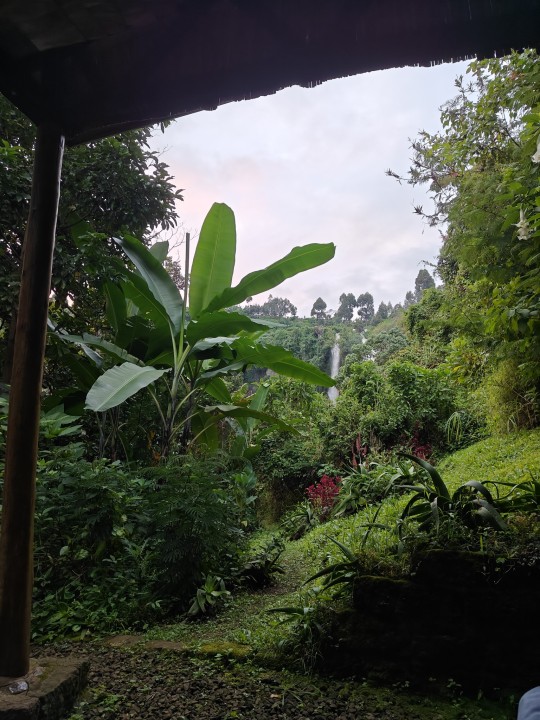
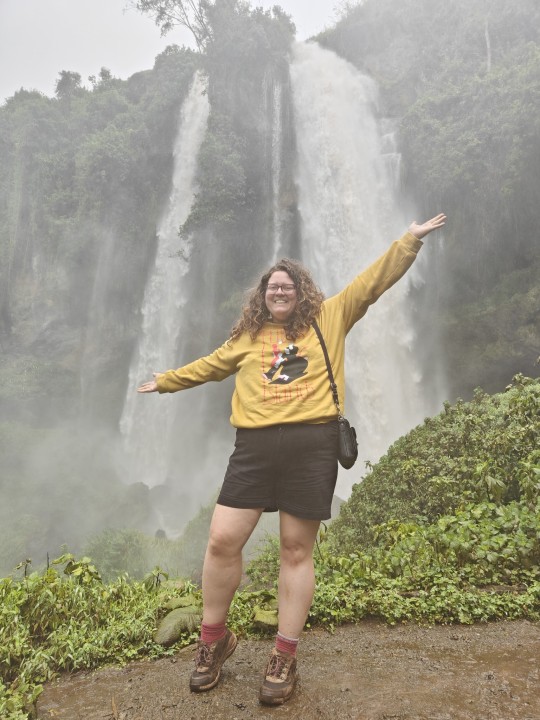



Weekend in Sipi
One of the most beautiful places in Uganda has to be Sipi Falls. Set on the side of Mt Elgon, the region is home to three huge waterfalls, each between 75 and 90 meters tall. We stayed in the same hotel that we stayed in back when I came in 2015, although the rooms this time around were much nicer and had a direct view of one of the waterfalls. While everyone else went waterfall repelling (an activity I've sworn off since the incident in 2014 in Jordan), I laid on the porch, listening to the sound of the waterfall and reading.
On our full day in Sipi, we were originally planning to do the waterfall hike that we'd done when I came, but at around midnight the night before (around the same time that we decided to do a short, yet extremely muddy and dark walk to the waterfall), it began to pour rain. The rain kept up until noon, making the path to the top of the waterfall too treacherous to risk. Instead, we had a lie in, eating breakfast and quietly reading all morning. By some sort of Ugandan miracle, the hotel had the game Spot It, which we had been busy playing in Bududa until it was stolen a few days before we left for Sipi. Roisin, Jess, Ashley, Anna and I played many a round of Spot It as we waited for the skies to clear.
After lunch, the path to the close waterfall was dry enough for a short walk to the lookout point. We laughed as we walked down the path, pointing out all the places where we had slipped in the mud during our I'll fated journey to the waterfall the night before.
Having conquered the waterfall, we decided to take a last minute excursion to the top of tallest hill to watch the sunset. After a short ride and a deceivingly steep "walk" to the top, we made it to the summit. From there, we could see the biggest waterfall, the water thundering over the edge and down the 300+ feet to the bottom. In the other direction, we could see what truly feels like the whole world--miles and miles of farmland and forest laid out as far as the eye can see. We sat quietly, watching the sun sink lower and lower on the horizon, until it was time to go. The walk down was slip city, but with the help of our guide (who held my hand the whole time), I made it down in one piece. To cap off the trip, Jess, Roisin, Naomi and I got up early to watch the sun rise over the waterfall snuggled up under a blanket on our back porch.
I am so lucky to have the chance to come back to this beautiful place all these years later. Not to wax poetic, but although I hold my first trip to Sipi, and Uganda more generally, so dear in my heart, I am so happy that I could come back to Uganda and join with this most amazing group of students (and Kelly and Mark, of course). They have made the hard parts of this trip easy, and I'm so lucky to be able to meet and befriend each other.
1 note
·
View note
Text
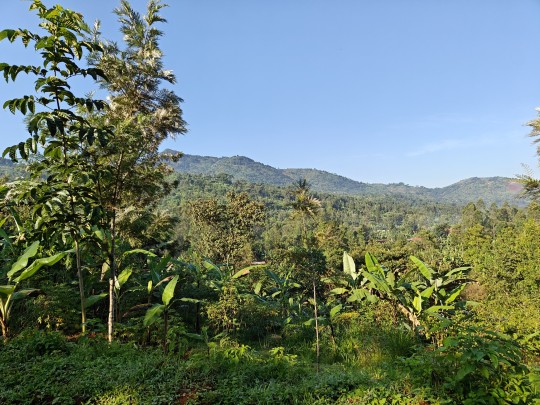
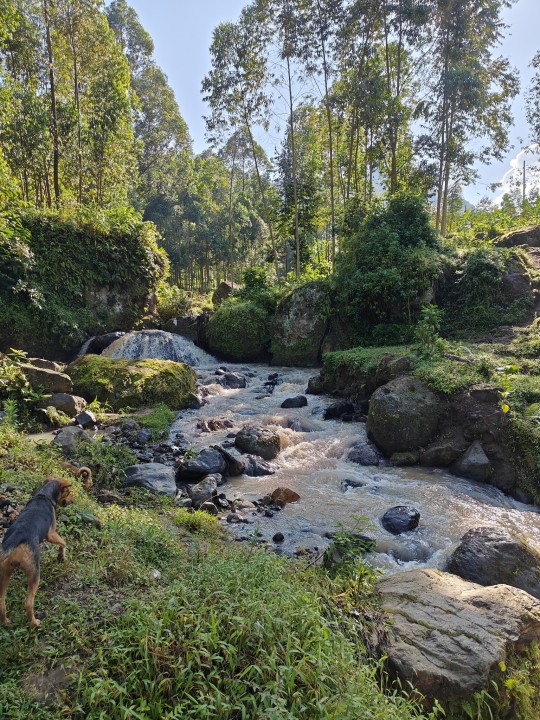
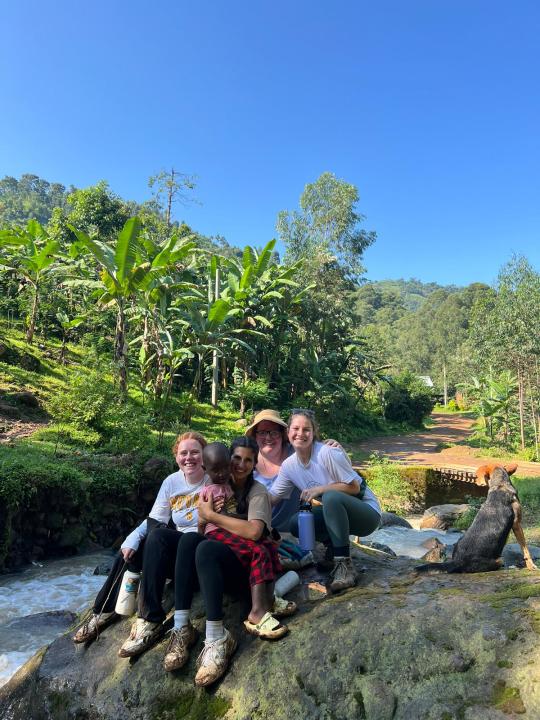
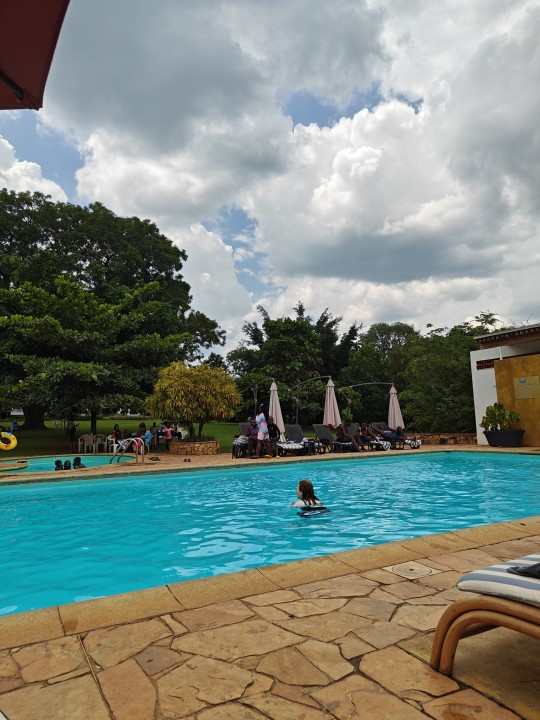
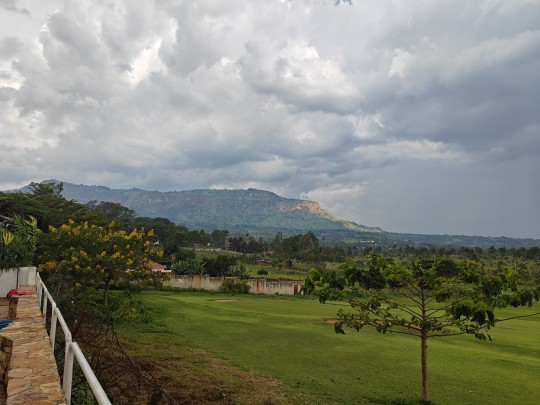
Swimming Mt Elgon
After our first week in the village, half of our group set out to hike the Mt Elgon caldera(me not included). The rest of us took the weekend to do a short hike through rural Bubiita to sit near the Summe River a bit further up the hill and to do a trip to Mbale, the nearest city to Bududa District. The walk was nice, and as we reached home again, we popped out to get the most delicious Ugandan good--the rolex. After our rolexes, we went to PDI School to help with the music and dance class, where the children sang for us a song about avoiding early marriage.
On Sunday, we piled into a matatu bright and early and rode to Mbale. Our first stop was at Bam, where we stocked up on snacks and drinks before arriving at Mt Elgon Hotel. In the nearly ten years since I was there last, Mt Elgon Hotel looks exactly the same, its sleepy garden lying sleepily under the shadow of its namesake.
We spent the afternoon swimming in the pool and eating nachos and pizza. At one point, not enough people were in the pool and after only a little bit of peer pressure from Roisin, we all dove in. We played chicken fight, Marco Pol(ito) and tried our hardest to swim across the length of the pool in just one breath.
Right at the end of the day, the heavens opened up and we hit under the veranda until our ride came. We waved one last time to the top of the mountain at our friends who were achieving the summit while we swam.
0 notes
Text

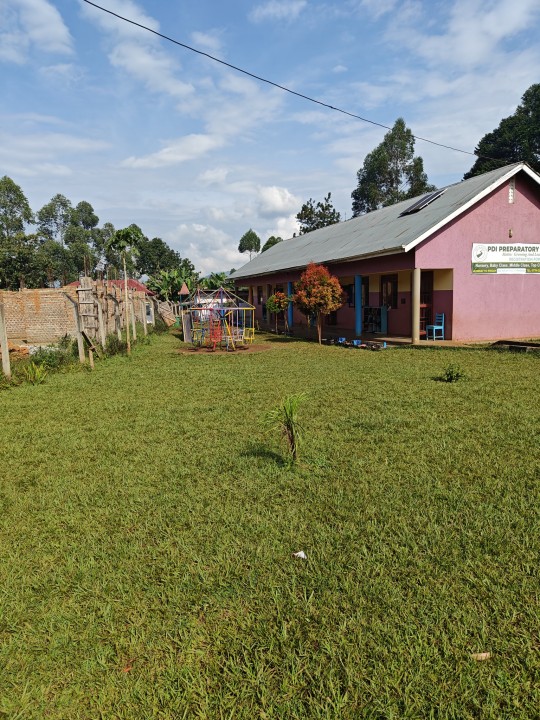
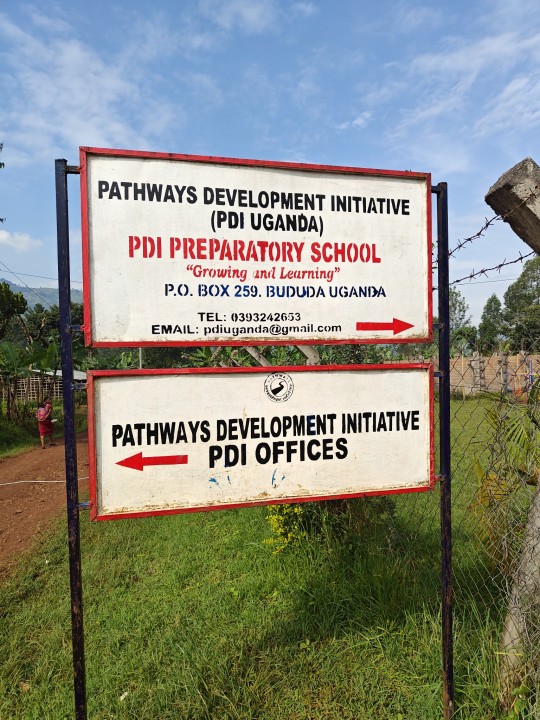


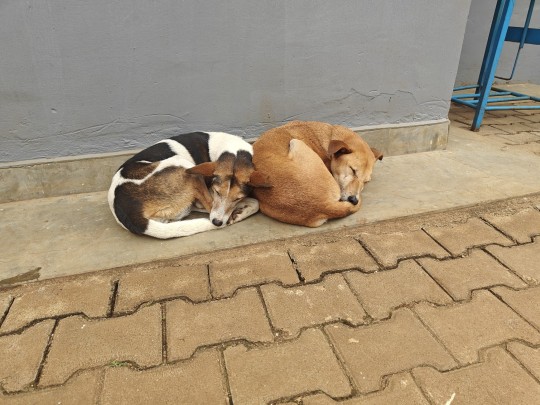
Back at PDI!
So much has changed about PDI in the last nine years (I'll make later a comparison post showing what's changed and what's the same in Bubiita), but it's clear the good the organization is doing for the community.
In the mornings, I spend my time alternating between working at the PDI office and the PDI school. At the office, I've been helping John--who's now the director of PDI!--to create new HR documents and update the organization's website. On the days where I'm at the school, I help Teacher Sara teach English to the P1 (first grade) class.
In the afternoons, I play games with the local children, walk through the districts beautiful hills and valleys, reading my kobo and enjoying tea time with Paapa and Maayi. If I'm lucky in the evening after dinner, we'll have a dance party late into the night with the students, Zaales and PDI staff.
1 note
·
View note
Text
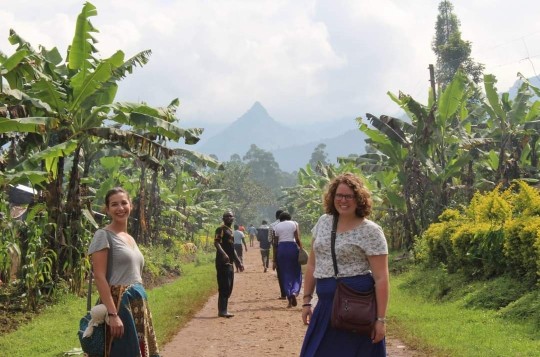
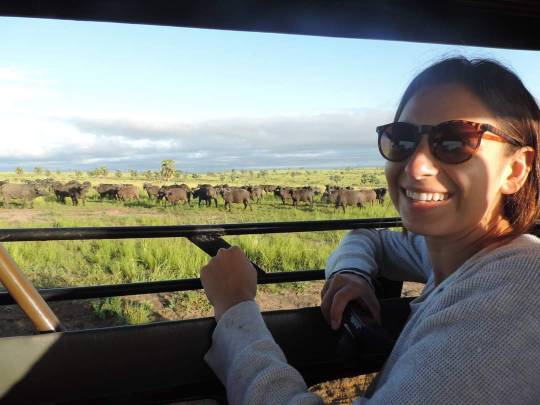
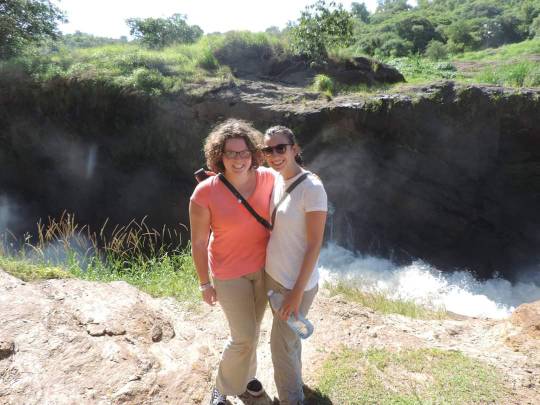
Since I heard first of Katie's passing right before Thanksgiving, I was shocked that this dear friend of mine could be taken from us so young. I remember attending her graduation party at a karaoke bar in NYC, getting drinks after my Hungarian citizenship interview and our shared love of all things Uganda. Katie was my first friend to visit me after I moved abroad, sleeping on my sofa in my tiny Beingasse apartment, and she always knew how to make a girl smile.
But being back in Bududa, the place where we spent the most intense, first 11 weeks of our friendship, has been tough. John and Paapa and I spend lazy mornings reminicising together, sharing memories of the time we spent together. Like how we went home from the club in Mbale early or how you pretended to look at every bird I pointed out to you or how we learned how to make rolexes together or how you pulled me out from underneath the raft when it flipped.
Or how we sat on the roof on a night with no power, looking at all the stars in the world, and promised that we'd all come back to Bududa in ten years.
Well, it's been nine years, and I suppose I'm back for the both of us. Since being back, I've danced extra hard for you at the weekly dance parties, eaten an extra scoop of beans at lunchtime for you when I can bear it (would you believe me if I told you that they still taste the same?), and spoken so fondly of you to the Lehigh students, Kelly, Mark, Paapa, Maayi and John. I wish you were here to see how PDI has grown--from a three room mud school house to a brick school, office and soon-to-be-completed resource center. You would be so happy to see Mercy, Annette and Christine are all now in school--and doing well, of course. You'd be excited for Papa's 80th birthday at the end of the month. I just wish that you could be here with me, back in the village together again.
If you are moved to donate to support the organization that lay so close to my and Katie's hearts, here is the link:
1 note
·
View note
Text
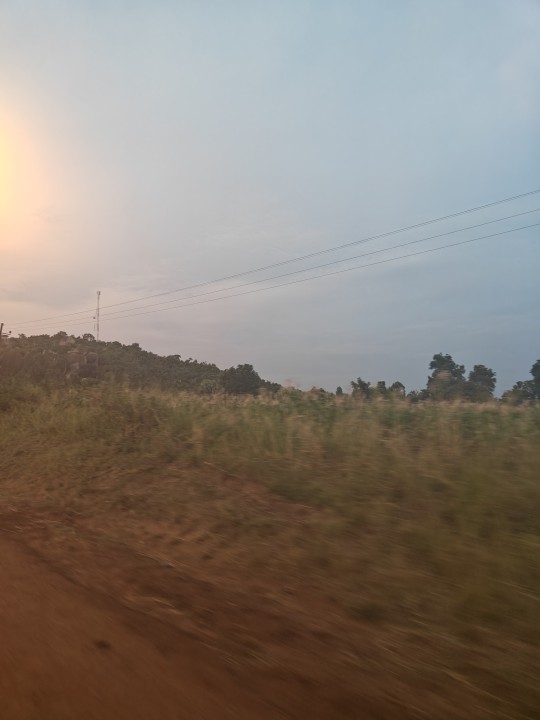
The ride to Bududa District was long--longer than expected. According to Google Maps, the ride should take 7-8 hours, but setting off from Murchison just before 9, we didn't arrive in Bubiita until after 2am. One road was closed for construction, one road was washed out by rain, we missed the ferry, we traversed bumpy terrain and used smelly latrines.
Rolling into the compound though, Paapa and Maayi greeted us with warm arms and big smiles. After all this time, it's nice to be back in the village.
0 notes
Text
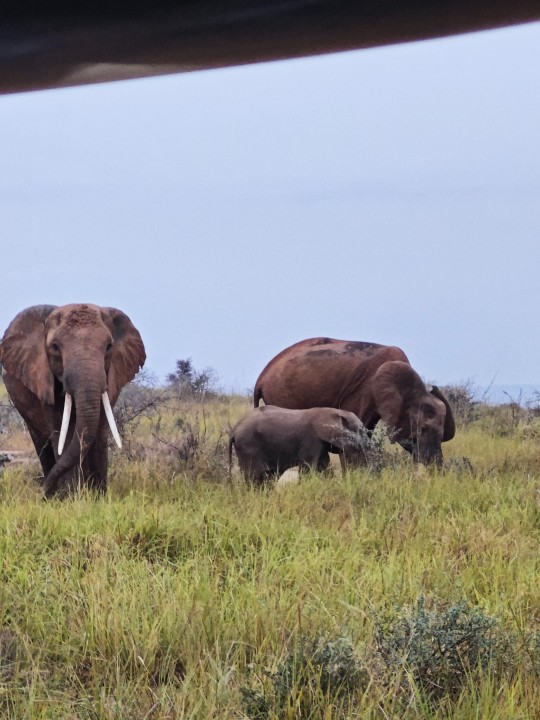
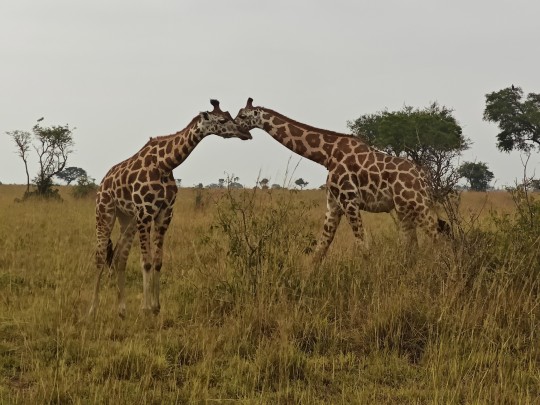

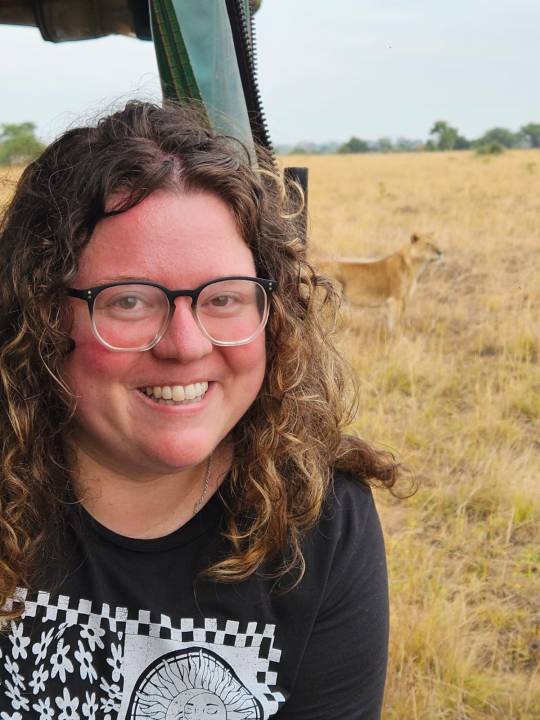
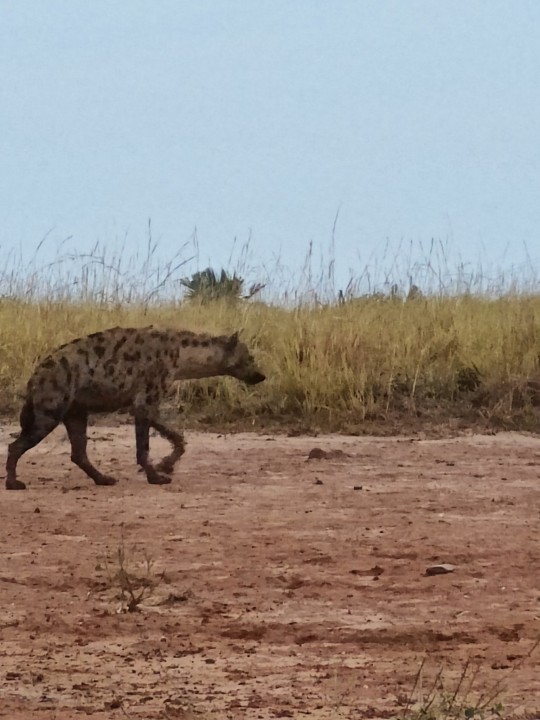
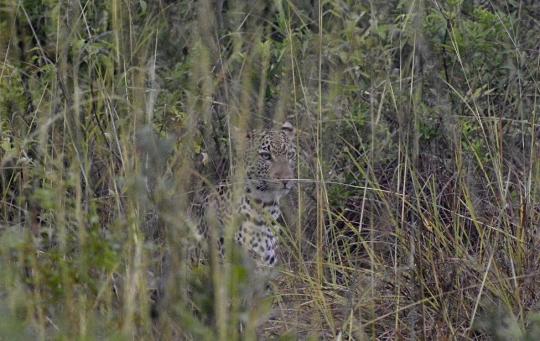
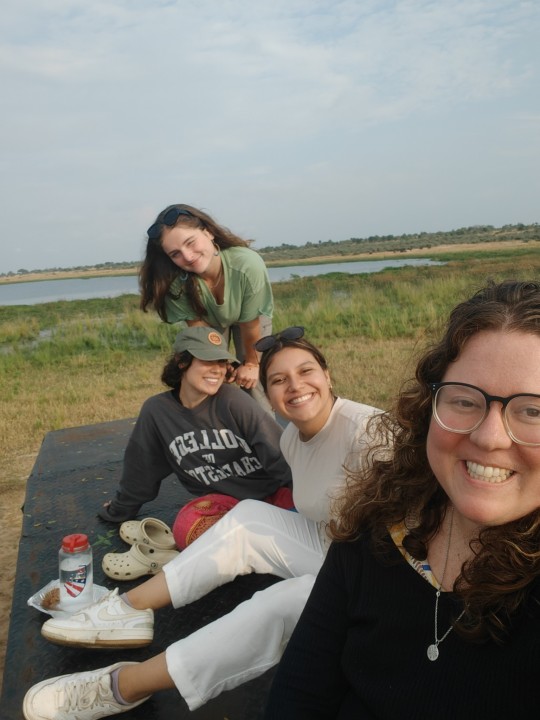

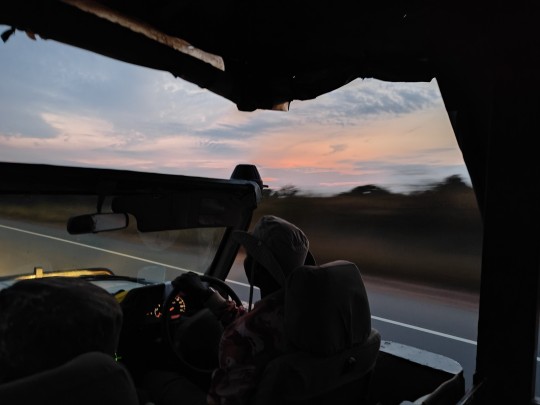
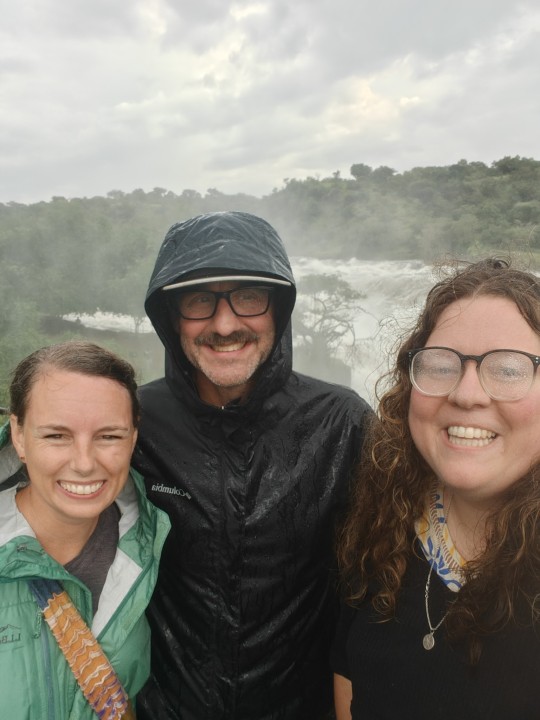
...safari continued...
Entering Murchison Falls National Park, I was amazed by how much has changed in the last nine years. The road to the park is now paved, and the gate to the park has transformed from a rickety metal stick to a large, Disney-esque welcome arch. The roads in the park have also been paved since COVID, making it easier for tourists (and Chinese oil drills) to reach the savannah. Despite the new roads, the journey was less than smooth. About 25 km from our lodge, our bus broke down, coolant and steam streaming from the engine. As the driver tried to fix it using whatever water we had left on the bus, Kelly and I took a swig of vodka and prayed for rescue. Finally, a big truck pulled over and gave us more than enough water to cool down the engine and get moving again.
The next morning, we left the lodge at 5:30 to beat the sunrise and see all the animals at the park. We watched the sun rise over the grasslands as we were greeted by a herd of elephants--with their babies--right off the side of the road. We soon saw more elephants, giraffes, buffalos Jackson's hartebeests, cobs, arupi, guinea fowl and even a jackal. At one point in the early morning, we noticed gazelles running through tall grass--a sign that something is chasing them. Soon enough, we saw a hyena (one of the rarest animals to see) lumbering after them, hoping to pick off a slow one.
Rounding the corner into a more wooded area, we saw a bunch of safari cars all stopped to look at something. Quickly, we spotted a leopard, and then moments later, we saw a second leopard! Leopards are typically solitary animals, and our guide told us that we were lucky enough to see a mommy and an almost grown juvenile together. What was perhaps even more exciting was that we saw the mommy leopard jump, showing off her amazing spots to the world.
Making it to lunch though, there was no sign of the final member of the Big Five: lions. We lazed at the hippo pond, bolstered by our morning successes, until one of the guide got news of lions hunting nearby. We ran back to the cars, and we jumped in and tore out of the rest area. Soon enough, we found the lions. Two females were resting in the sun a bit off the road. With our driver, we were able to get up close to see the lions, driving around the two lionesses as they watched us warily. What an amazing thing, to see these majestic beasts in person.
The next day on our game drive, we weren't nearly as lucky. We saw a group of three hyenas hunting, and we saw some neat birds, but nothing like our triumphant sightings on the first day.
After the second game drive, we hopped on the boat to get a tour of the Nile river. We, of course, drank a Nile beer on the Nile River, a tradition that Kelly and Mark have continued on each trip they've taken. Although we saw less animals on the boat ride than I saw last time, we still got a great view of some Nile Crocodiles basking on the shores, along with a number of mommy and baby hippos.
After lunch, we all jumped back in the cars to drive up to the top of Murchison Falls--the most powerful waterfall in the world. At the falls, we even saw my favorite monkey, the Colobus Monkey, which these days is a rare site. Such a bittersweet place for me, remembering all those years ago being astounded by the beauty of nature with my friends and now standing on the banks of the waterfall with Kelly, Mark and a number of sweet students, still astounded by nature. It is amazing that we are lucky enough to live in a world where things like that waterfall exist. We wrapped up our safari, having one final dinner at the lodge before preparing for our long journey to Bududa the next day.
0 notes
Text
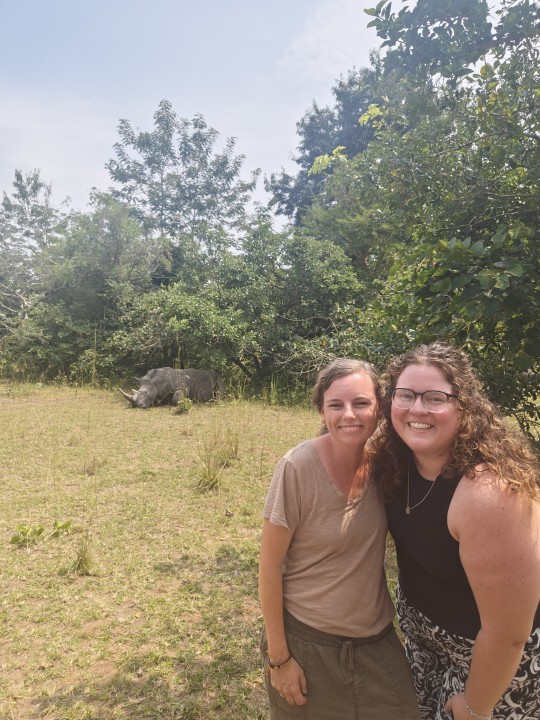
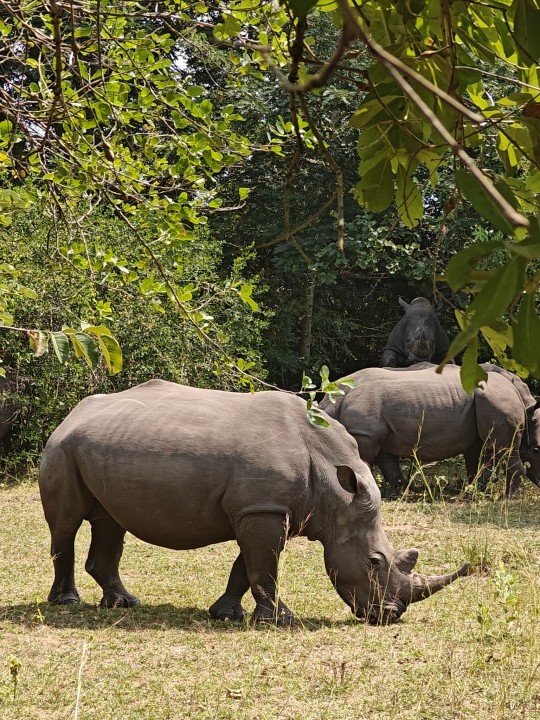
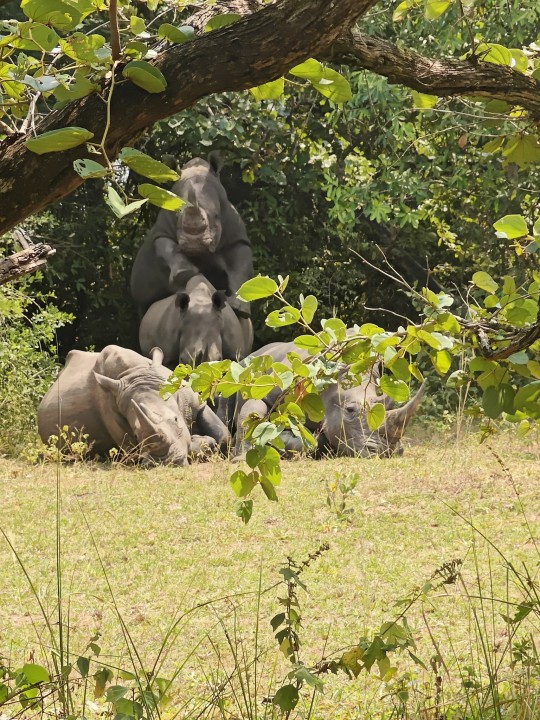
From the last time we were on safari to this time, things are different. Back in 2015, our safari cost a little less than 300 dollars. We stayed in two people tents, which were frequently invaded by warthogs, and we ate the same crummy sandwich for every meal. This time around, safari was much more expensive (shh!), and we stayed at an eco lodge on the top of the park with delicious mzungo buffet meals and fancy open air safari cars.
But one thing that really stands out from last time to this time is the rhinos. In Uganda, all of the rhinos are sequestered in Ziwa in the breeding program there. To get to the point where rhinos can be re-introduced to Murchison, there needs to be over 50 in the breeding program. Until then, all the rhinos are under 24-7, armed protection, and if any rhino is poached, all the guards on duty they day are sent away for life in prisonment.
We reached Ziwa a few hours after heading out from Kampala. There we began our trek on foot to see the rhinos, and lucky for us, this is the only place in the world where you can trek rhinos on foot. We crawled through the thickets and bramble until we glanced our first rhino. Quickly, however, our guide redirected us to the other side of the glen to see the super rare site of rhinos mating. Since rhinos usually only... make more rhinos... in the middle of the night, it is really rare to get to see it in the daytime--our guide said in the six years he's led groups, this was only the second time he's seen it happen.
So not only did we start our safari off with seeing one of the Big Five, we really did start it off with a bang.
0 notes
Text
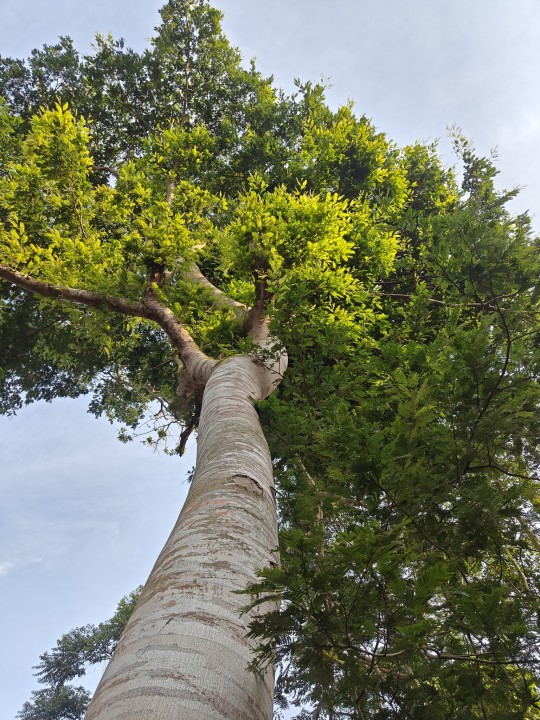

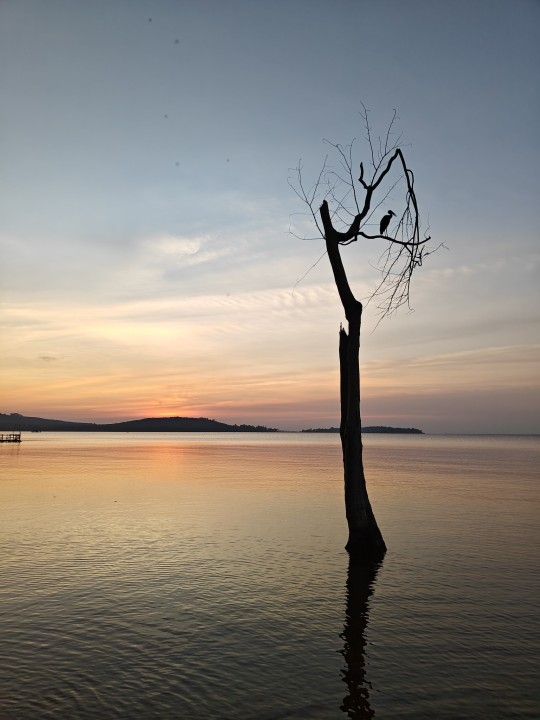
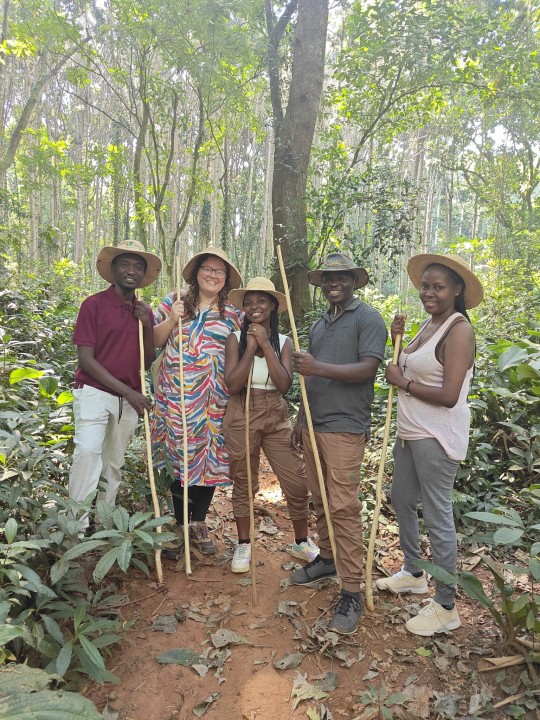
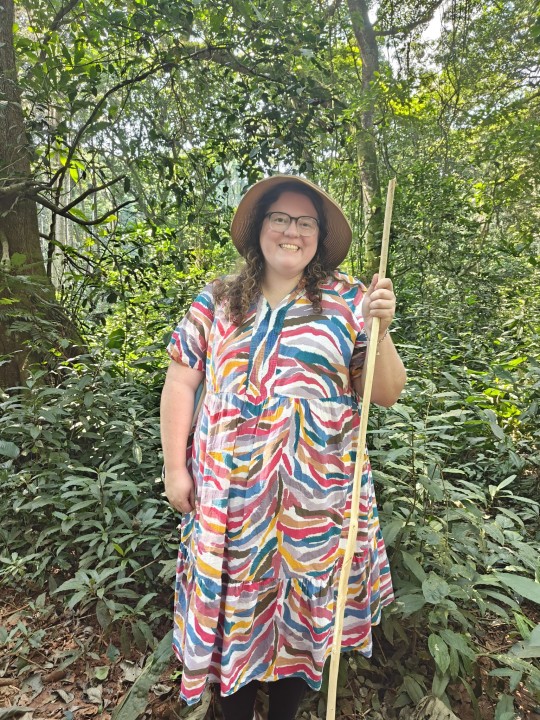
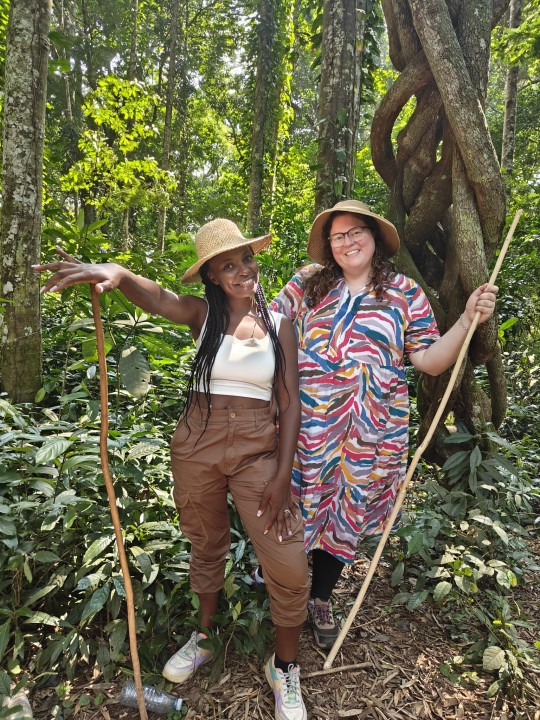
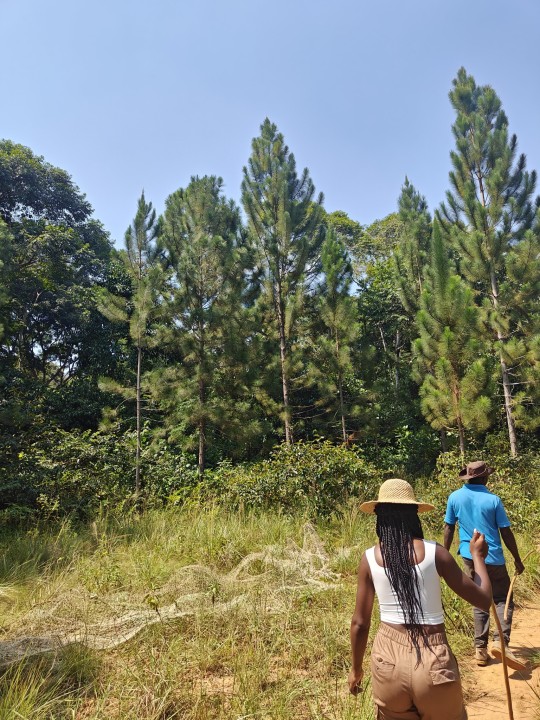

For my second adventure after touching down in Uganda, I set off for the Ssesee Islands to Bugala Island. Bugala Island is the tenth largest lake island in the world (though only the second largest on Lake Victoria). I took the ferry from Nakiwogo landing, which was, as the stewardess warned us, "bumpy but safe."
After two hours, we arrived at our final destination at the Brovad Sands Hotel. Our arrival was almost like that in the tv show the White Lotus--the whole hotel staff came to the hotel's private dock to welcome us. They then carried our bags up to the room while we went to our delicious buffet lunch.
That first day, I relaxed at the hotel by the shores of Lake Victoria, where I watched the sun gently set over the horizon.
The second day, I booked a "1 hour nature walk" with a few other guests from my hotel. Jene, Rashid, Namaria, Simon and I began our walk bright eyed and bushy tailed, but three hours later at the end of the walk, that wasn't as much the case. We walked through the local fishing village, where we were taught about some local fishing practices before we made our way into the forest. On the walk, we saw Ververt Monkeys, a hornbill, a paradise flycatcher, and open billed stork and many more wonderful sights. One of th girls ok our hike ended up calling ill, and luckily she was able to flag down a boss boss to take her home.
The rest of that day, and the start of the next day, were spent primarily relaxing by the shores of the lake. It was truly a blessing to get to visit the islands and watch the sunset over this inland sea.
0 notes
Text
Host Family Appreciation Post
This post is dedicated to the wonderful Zaale family and everything they’ve done for me and everyone from the Lehigh team while we’ve been here.
Yesterday, was Paapa Zaale’s birthday and seeing his whole family come and celebrate with him and us was absolutely amazing. Basically the whole neighborhood came out to the party, with all of our neighbors, Paapa and Maayi’s families, all the volunteers who work with PDI from HELP International, Arlington School and Lehigh. Sitting around outside drinking malwa (the local brew that we’ve been making for the past week, it’s the texture of gritty oatmeal and tastes kind of like sour milk and beer…) with the whole neighborhood was such an amazing experience.
Katie and I spent hours trying to bake Paapa a chocolate cake for his birthday. It was kind of a disappointing cake taste wise (but it’s hard because we were missing like half the ingredients because surprising or not baking is not that popular in tropical Africa), but everyone enjoyed in nonetheless. After baking and icing the cake, we got candles and lit the cake and sang to Paapa, giving him a bottle of Bond 7 (whiskey) and a beautiful handmade card that Katie drew and we all signed.
Last night affirmed that living with the Zaale’s has been an undeniable blessing in my life. I have experienced such great amounts of hospitality and warmth from the family. And it really is because of all the little things they do for us, like Maayi threatening to steal Amanda’s passport so she couldn’t leave, or Paapa making me eggs because he knows that they’re my favorite or Maayi saving Raj a few extra chapatti after a hard day of work or the family constantly telling us to have fun and making sure that we are all fine all the time.
Maayi and Paapa have been so amazing, and if we’re going to be honest, they’re love for one another and committedness to helping their community is something I know that all of us hope to have one day. Paapa is the best (well, also the only, but still) host dad I’ve ever had. He constantly is making sure that we are pleased to be here and that we’re happy. Maayi’s food is so good and she is so cute the way that she dances and gets dressed up for all the events we’ve had. John and Dezz have been phenomenal to work with, but not only that, but I am so glad that I am now able to call them my friends. John is always willing to explain and discuss the cultural differences between Americans and Bugisu, which has helped to grow my understanding and enjoyment of the local culture. And Dezz is honestly one of the sweetest people I’ve ever met partially because he’s always looking out for everyone in the group. And then there’s Deo, the lovable cousin who evens out the group and keeps everyone laughing.
Not only that, but then there are all the other relatives we’ve met. Like Peter, the eldest brother who always takes us on hikes and plays Matatu with us. Or Olive and Julius, the second born son and his wife, who come and visit and help with the cooking and construction at the compound and the school. And there’s Tumwa, the most lovable of the older brothers. And then of course there all the children who spread joy to everyone living in the compound. Mercy, Peter’s 8-year-old daughter, who Maayi and Paapa raise like a daughter. There’s also Namanda, a local boy that the Zaale’s took in and gave a home to a few years ago. And Kristine and Annette, Olive and Julius’ 3-year-old and 1-year-old daughters, who toddle down to the compound on their own every day to play and nap with us.
Without the wonderful family, I know that I would not have fallen in love with this place the way that I have. Of course, Bududa is honestly the most beautiful place I’ve ever seen, and everyone we’ve met has been so kind, but the thing that made me fall head over heels for Bududa is the love and support that the family has given to us. I cannot believe that we’ll be leaving them in only nine days. Just thinking about leaving this place and these people hurts my heart. This is one of those cruel tricks that living abroad plays on you though. No matter where in the world you are, you’ll always be missing family, whether it be the family you were born with or all the family that you’ve made along the way.
2 notes
·
View notes